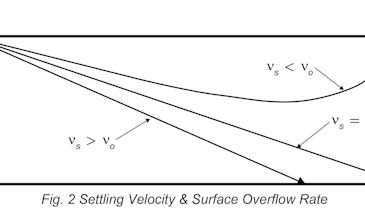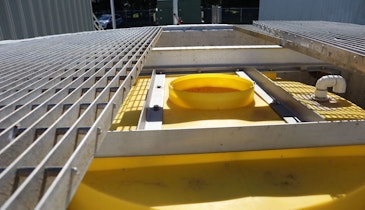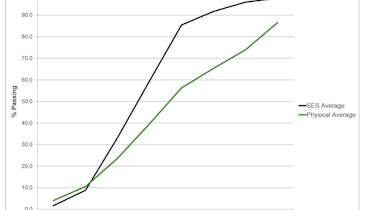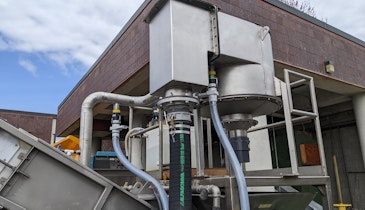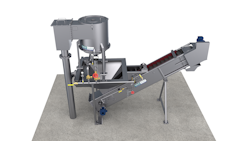
Plants with underperforming headworks grit removal, or no grit removal at all, will see tremendous amounts of grit in their primary clarifiers where it degrades the capacity as well as causes abrasive wear on clarifier rake arms. Additionally, grit will flow through to impact expensive downstream mechanical equipment such as sludge transfer pumps and centrifuges, as well as allowing it to enter digestion processes. Essentially, digestion acts as storage for the grit particles that it is incapable of digesting. This reduces the capacity to consume volatile solids, reduces mixing capacity, and increases foaming issues.
Eventually the digester will need to be taken down and the cleaning process is both time-consuming and expensive. As a confined space, exposure to dangerous gasses make this an even more difficult task. Reducing the frequency of these tedious cleaning jobs is a major benefit to all sizes and types of wastewater treatment plants.
Sludge degritting with a SlurryCup/Grit Snail system significantly reduces the amount of grit that enters all processes and protects all sorts of downstream equipment. It also helps deliver a clean, dry product that is ready for cost-effective landfilling.
Download this brochure to learn more about how sludge degritting will reduce your operating costs, preserve your process capacity and eliminate many of your most unpleasant cleaning tasks.
Download BrochureVisit the Hydro International Storefront


